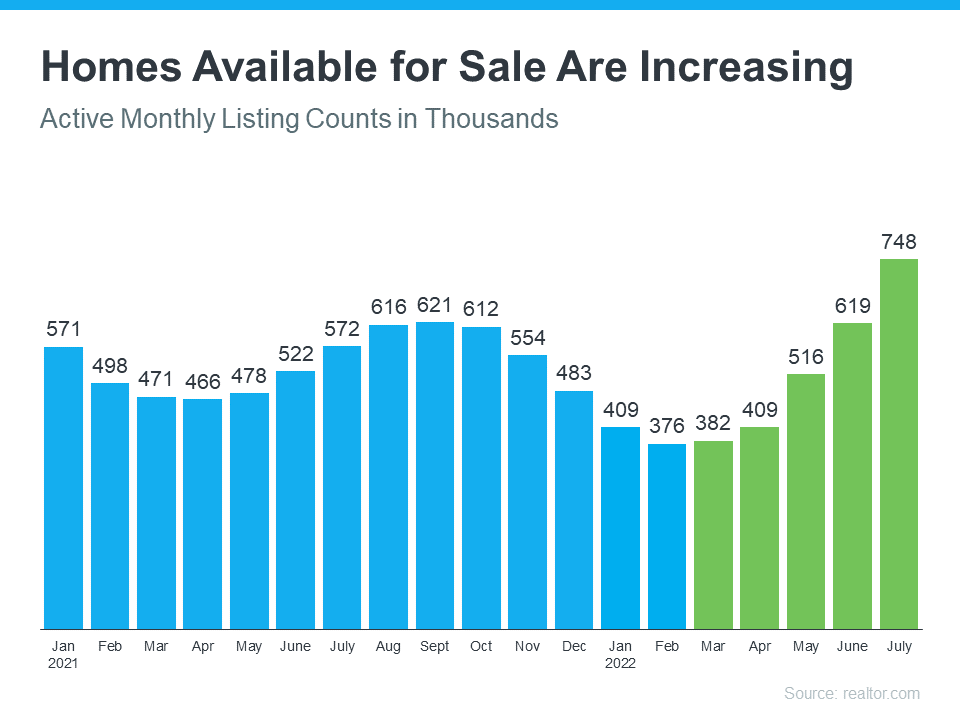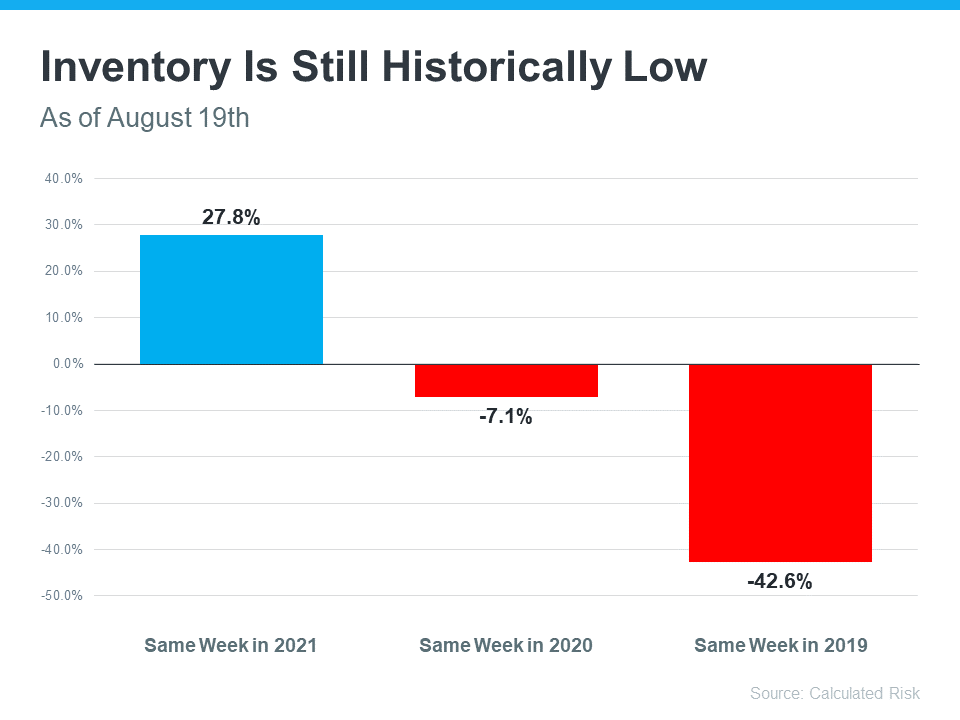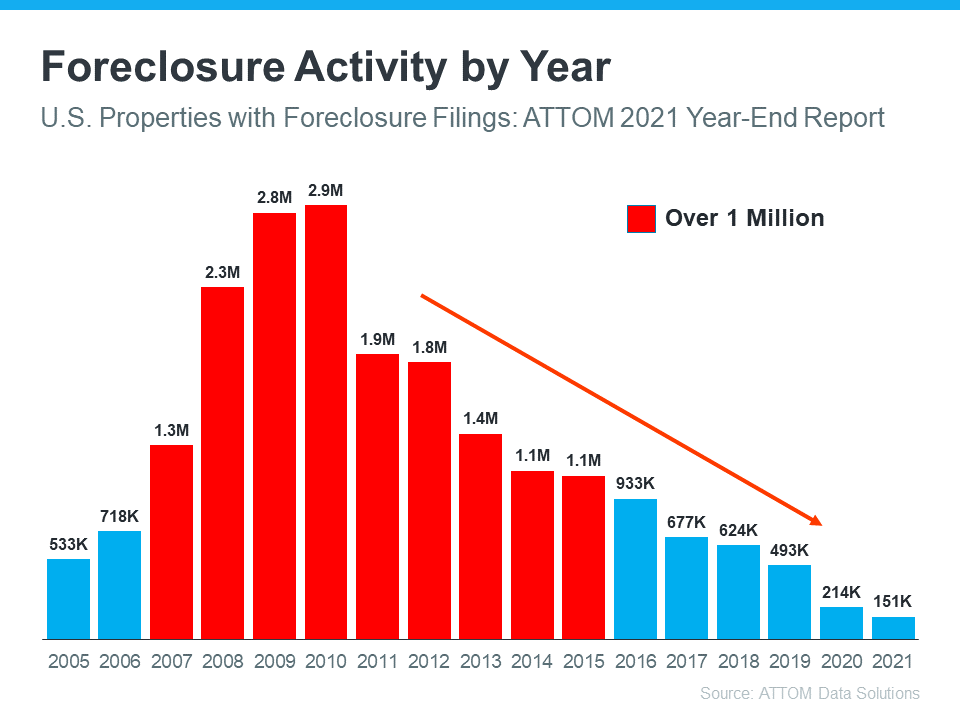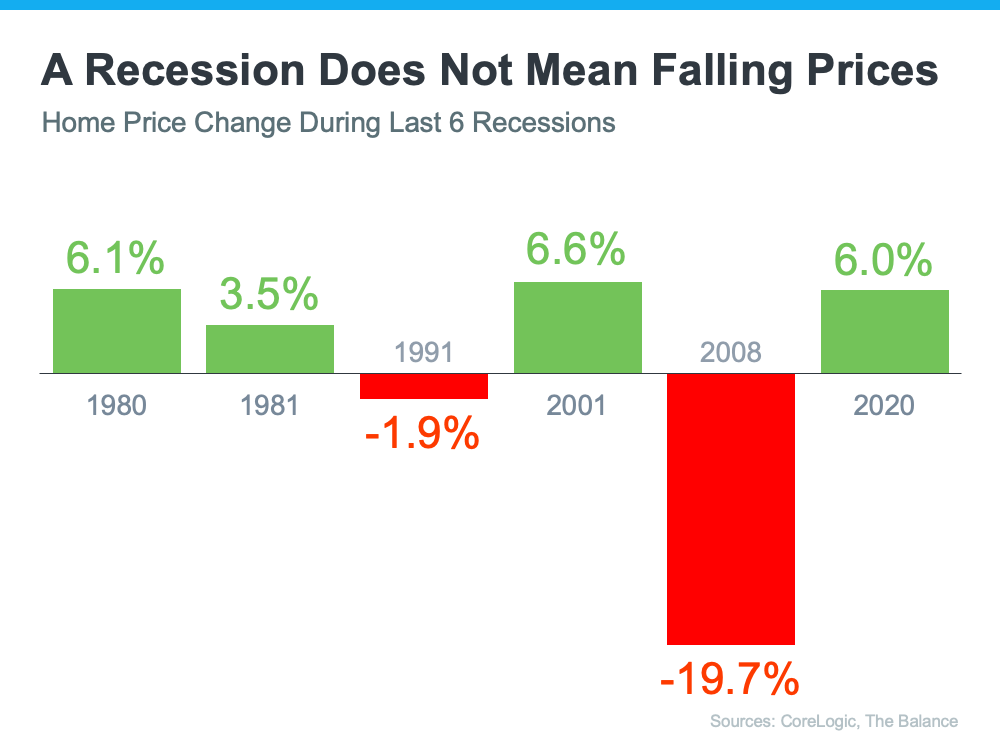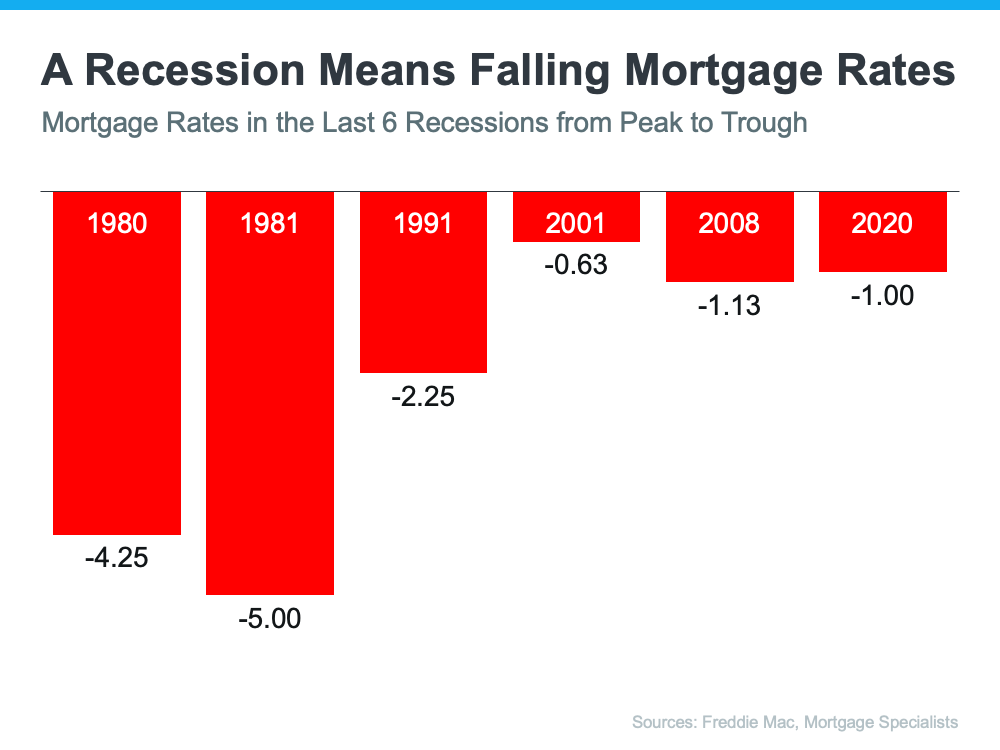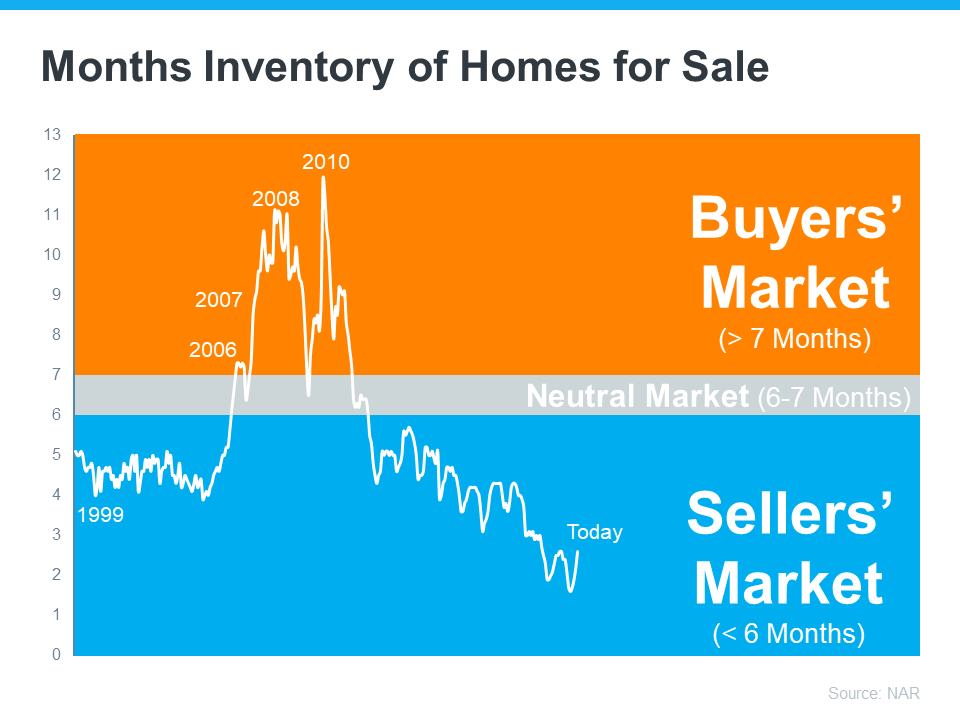If you’re a homeowner or are planning to become one soon, you’re probably looking for clear information about today’s housing market. And if you’ve turned to the news or even just read headlines recently, you might feel like you’re left with more questions than answers. The best way to make sure you get what you need is to work with an expert.
Why You Want To Lean on a Trusted Professional
With any big milestone in life, it’s wise to seek advice from people who are experts in their field. While you likely want that advice to be perfect, perfect simply isn’t possible. But professionals have the knowledge and experience to be able to provide you with the best advice for your situation.
Let’s say you need an attorney, so you seek out an expert in the type of law required for your case. They won’t immediately tell you how the case is going to end or how the judge or jury will rule. But what a good attorney can do is discuss the most effective strategies based on their experience and help you put a plan together. They’ll even use their knowledge to work with you to adjust as new information becomes available.
Similarly, the job of a trusted real estate professional is to give you the best advice they can. Just like you can’t find a lawyer to give you perfect advice, you won’t find a real estate professional who can either. That’s because it’s impossible to know exactly what’s going to happen throughout your transaction. But an expert real estate advisor knows market trends and the ins and outs of the homebuying and selling processes.
They’ll use that knowledge to explain both the national headlines and what’s happening in your local area. That way, you have the best of both worlds and can feel confident in your decision to buy or sell. Freddie Mac explains why having an expert on your side is so essential:
“The success of your homebuying journey largely depends on the company you keep. . . . Be sure to select experienced, trusted professionals who will help you make informed decisions and avoid any pitfalls.”
With their expertise, a real estate advisor can anticipate what could happen next and work with you to put together a solid plan. Then, they’ll guide you through the process, helping you make decisions along the way. That’s the very definition of getting the best – not perfect – advice. And that’s the power of working with a real estate advisor.
Bottom Line
To get expert advice when you buy or sell a home this year, let’s connect today.

 Facebook
Facebook
 X
X
 Pinterest
Pinterest
 Copy Link
Copy Link


